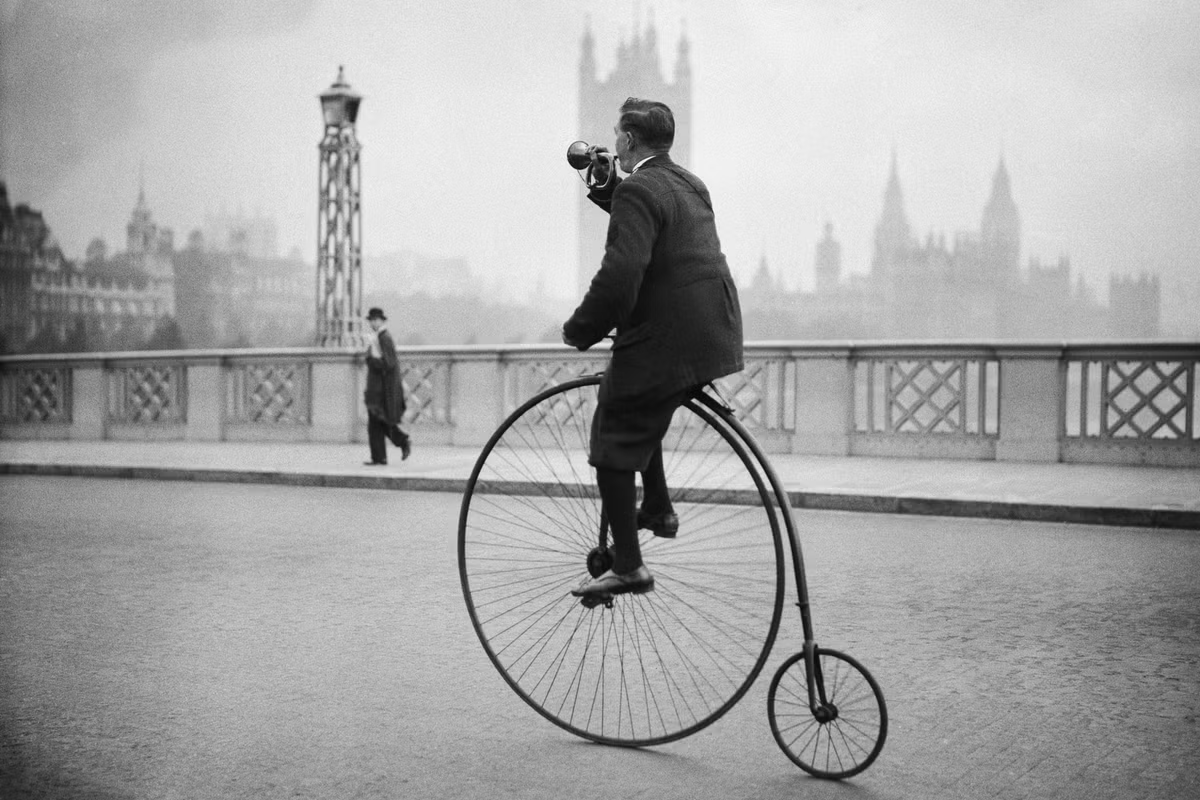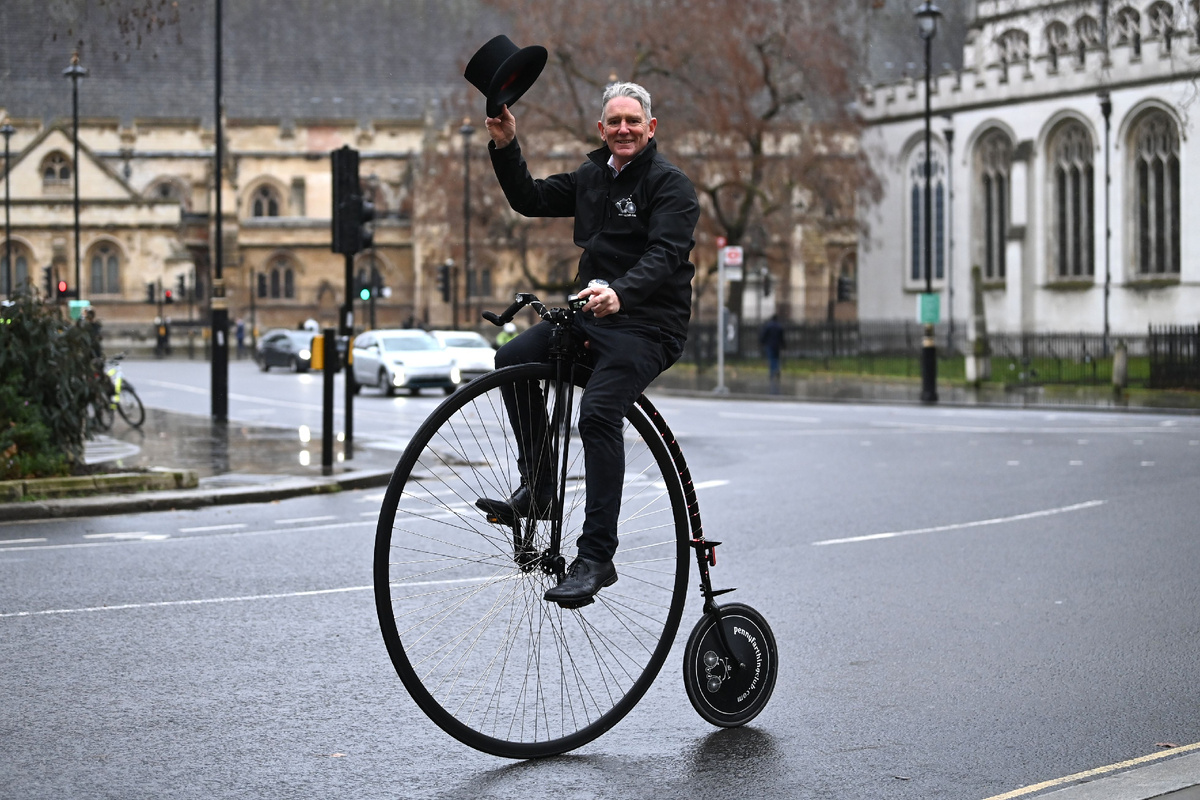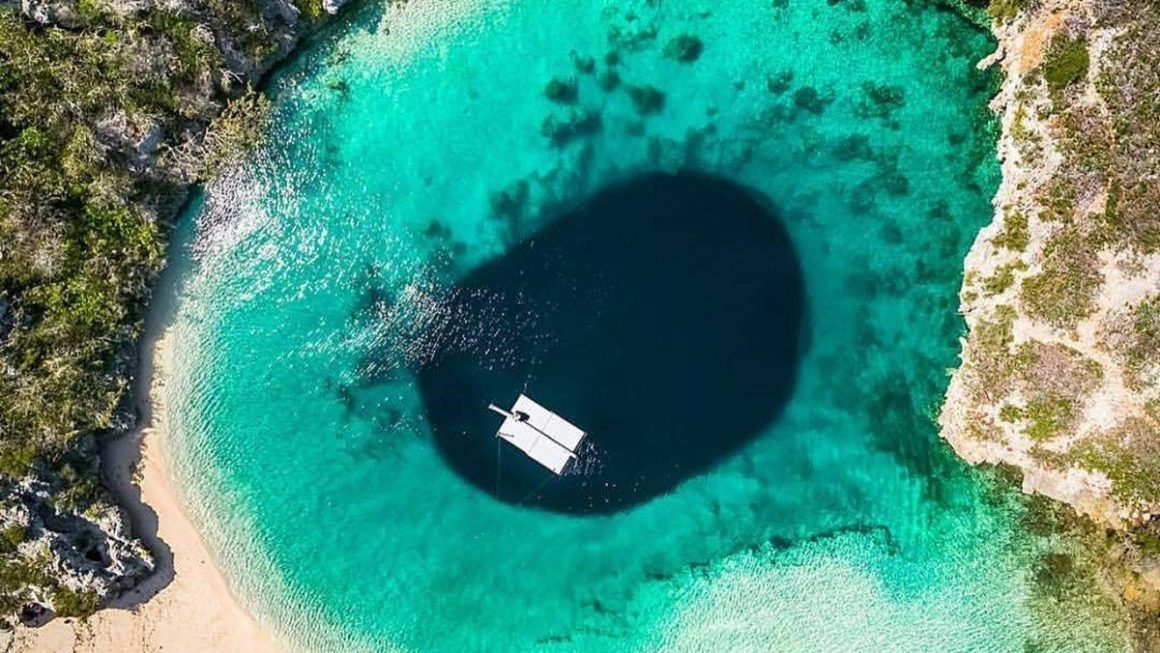He left Germany in 1962 at the age of 22 with few resources. Today, after more than half a century of travelling, his tireless journey has connected cultures, overcome adversity and transformed a personal adventure into a unique testimony
Heinz Stücke travelled 648,000 kilometres by bicycle over 51 years, visiting 196 countries and facing extreme challenges.
In 1962, Heinz Stücke left Hövelhof, his hometown in Germany, with a bicycle and a goal: to see the world on his own terms. He was 22 years old when he said goodbye to his family and gave up his routine to embark on an unprecedented journey. The journey began with no return date and limited resources.
The main purpose was to travel through different countries and cultural settings, without strict planning. Over more than five decades, Stücke cemented his reputation as the greatest cycle traveller in history and accumulated a record that is difficult to match.
According to the German newspaper Westfalen-Blatt, Stücke set no limits. Over 51 years, he covered 648,000 kilometres, visiting 196 countries. This is equivalent to circling the equator more than 16 times.
The German cycle traveller set off in 1962 and made his bicycle his home, overcoming accidents, thefts and wars on his global journey.
His bicycle became an extension of his body and his saddlebags held the most basic items for years, as he always showed a preference for simple models, relying more on his own ingenuity than on technology.
He applied for visas, obtained permits and passed through checkpoints in countries with complex political contexts, including conflict zones and restricted areas. His presence on every continent cemented his status as a contemporary legend.
According to El País, Heinz Stücke did not limit his experience to geography. He encountered countless personal and physical challenges. He had serious accidents in the Atacama Desert and Iran, suffered outbreaks of diseases such as dysentery, faced robberies in various places, and experienced violence from authorities in Egypt and Cameroon. In Zambia and Haiti, he encountered attempts at lynching, and in Canada, he was run over.
Stücke documented his journey with more than 100,000 slides and 18,000 pages of diaries, leaving a unique legacy in the history of travel.
His accounts document risky situations that most travellers never face. Far from paralysing him, adversity strengthened his determination to continue. In addition to physical and social challenges, Stücke accumulated invaluable cultural experiences.
During his time in Africa, he travelled through areas under military control and civil war. At that time, few tourists ventured into these territories. He also participated in historic events such as the 1970 World Cup in Mexico, where he met Pelé.
He searched for gold in the Amazon rainforest and entered China several times, a country that always fascinated him with its traditions and peculiarities. The openness and hospitality of the communities often compensated for the difficulties.
According to Westfalen-Blatt, Stücke’s initial goal was to last only two years. He planned to cycle to the Tokyo Olympics before starting a family. However, once he got going, the notion of a limit lost its meaning.
His personal archive inspired the creation of a book, a documentary and a proposal for a museum in his hometown.
He decided to continually expand the scope of his challenge. The decades passed and his return was postponed. When the inhabitants of Hövelhof only had access to exotic images through black and white screens, Heinz was experiencing these realities first-hand.
His experiences did not remain anonymous. From the beginning, he financed his lifestyle by publishing chronicles and photographs in the international press. In this way, he collected more than 100,000 slides, thousands of clippings, airline tickets and objects that he still keeps.
He wrote nearly 18,000 pages in his diaries. These documents together provide a unique testimony to the world in the second half of the 20th century and the dawn of the 21st century.
The impact of the story transcends the physical feat. Guinness World Records recognised him as the person who made the longest recorded bicycle journey. He influenced communities of travellers, athletes and explorers. His initiative to record every step demonstrates a vocation for dissemination and a willingness to share his own perspective.
Recognised by Guinness World Records, his journey is considered the longest recorded bicycle journey.
In 2014, at the age of 73, Stücke chose to return to Hövelhof. There, according to Westfalen-Blatt, he devoted his time to organising the tens of thousands of objects and souvenirs he had collected along the way.
The size of his archive led to the creation of a book of essays and a documentary entitled The Man Who Wanted to See Everything.
This prompted the idea of creating a museum in his hometown. An initiative that currently brings together people interested in viewing souvenirs, objects and photographs in his own home in Stücke.

The recent past tested him again. During the COVID-19 pandemic, he was confined to his home in Hövelhof due to a hip injury.
This obstacle did not diminish his interest in sharing experiences. He planned an exhibition with the most important materials from his travels and continued to stay in touch with scholars and filmmakers.
His story inspires generations of cycle travellers and explorers, highlighting the values of perseverance, curiosity and courage.
Heinz Stücke embodies clear values. His story shows that curiosity, perseverance and courage open doors that others can only dream of. He never started a family or sought traditional stability, but his legacy is internationally recognised: cycling communities cite him as a role model.
Likewise, different generations consult him to learn about different cultures and understand the magnitude of a journey without deadlines or borders.
According to his biographers, Stücke maintains his curiosity and reflective attitude towards the decisions he has made. He does not idealise his journey, but neither does he doubt the significance of his achievements. Every scar and every page written are part of a learning process outside the conventional framework.
The opening of a museum dedicated to his travels and public tributes in Germany reaffirm the respect his story inspires. Heinz Stücke’s experience offers a unique insight into exploration, endurance and the human connection with movement and curiosity.




